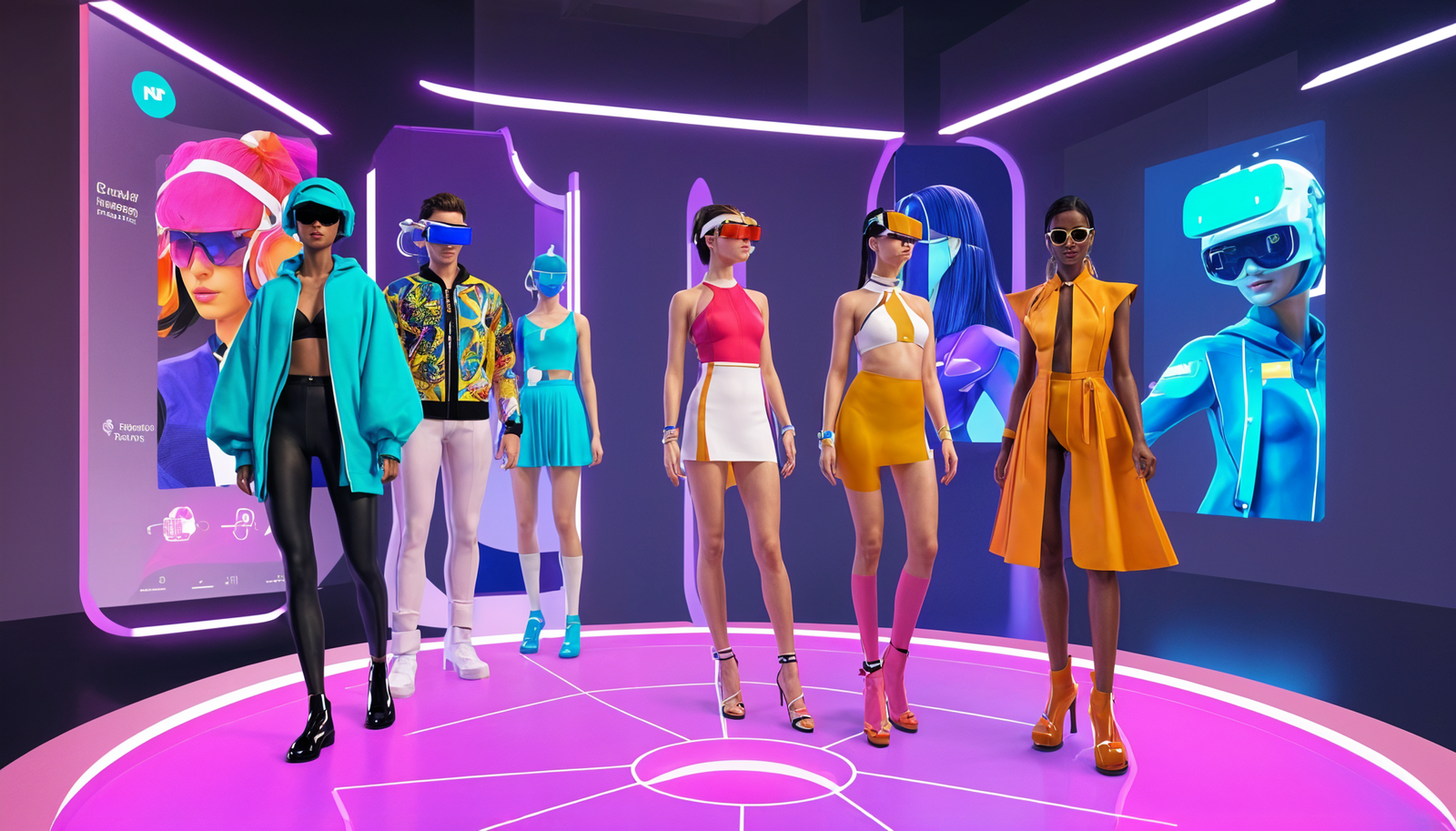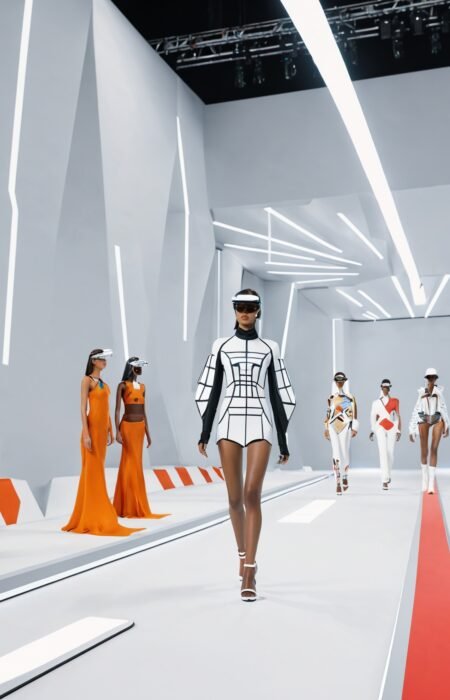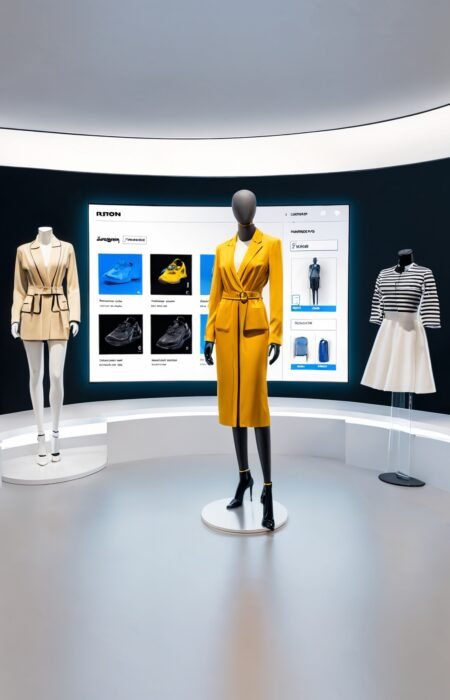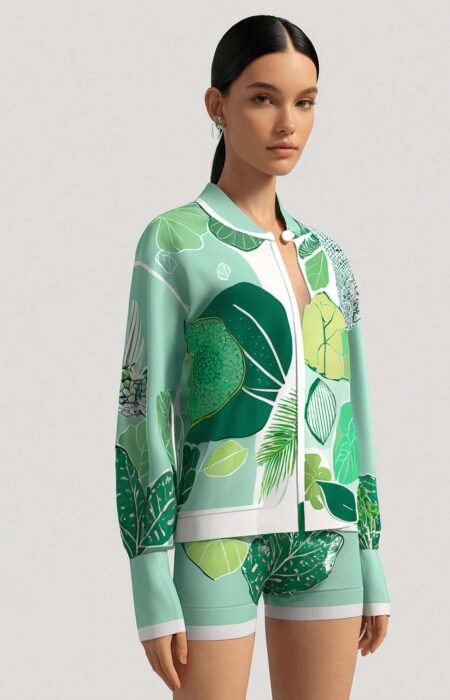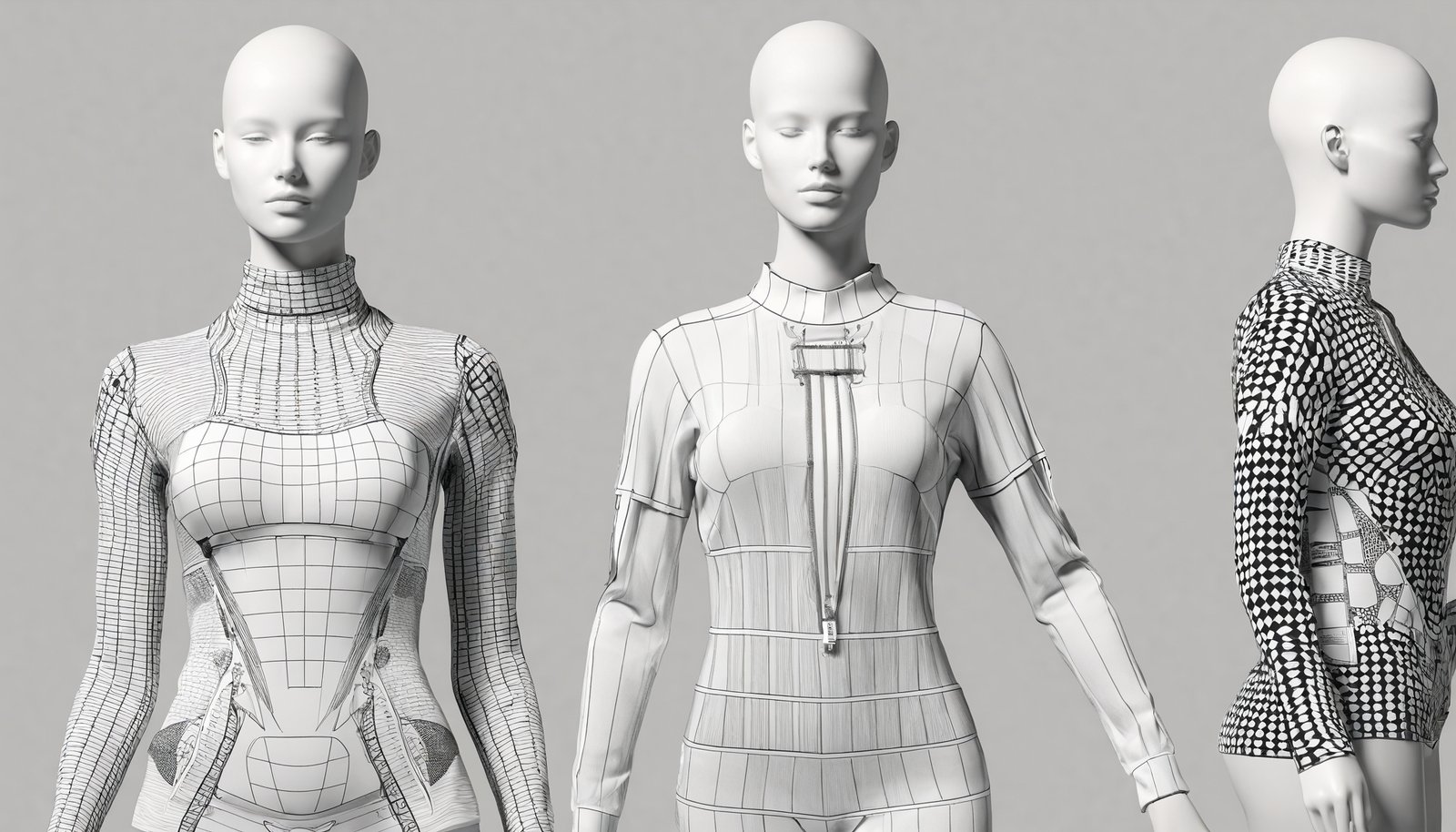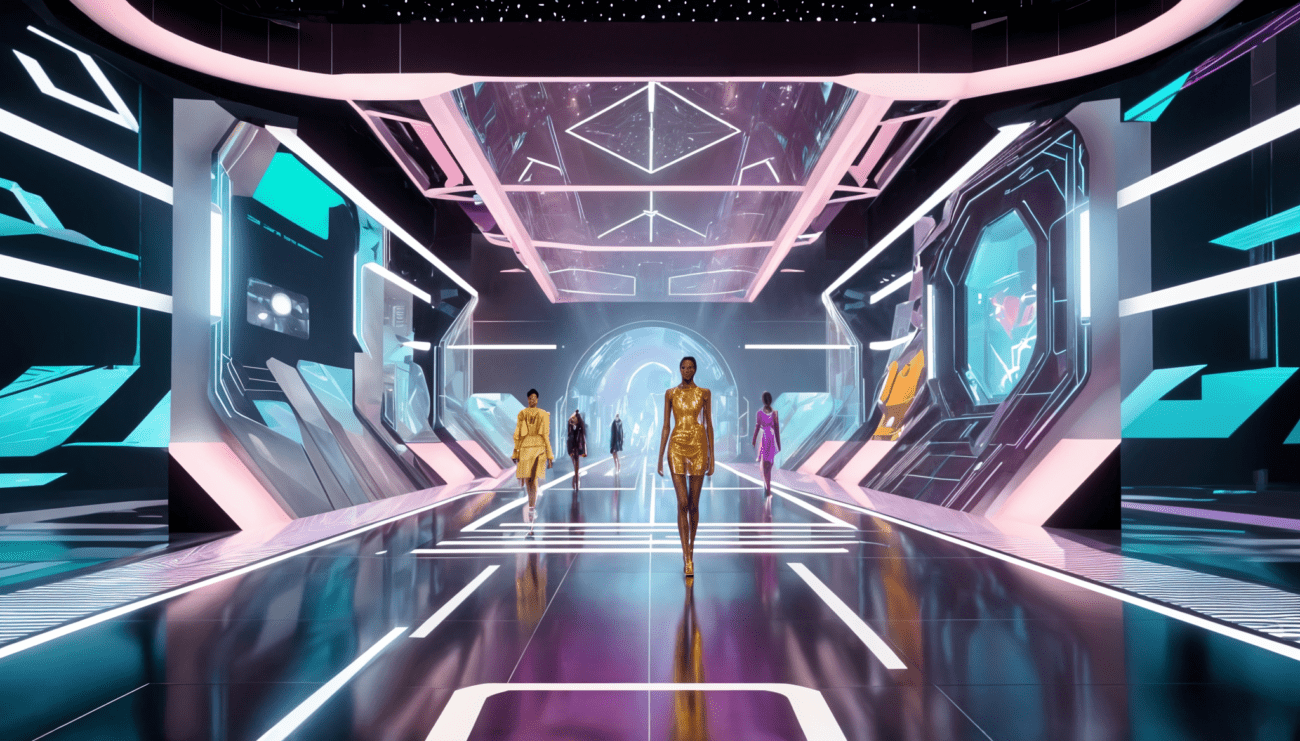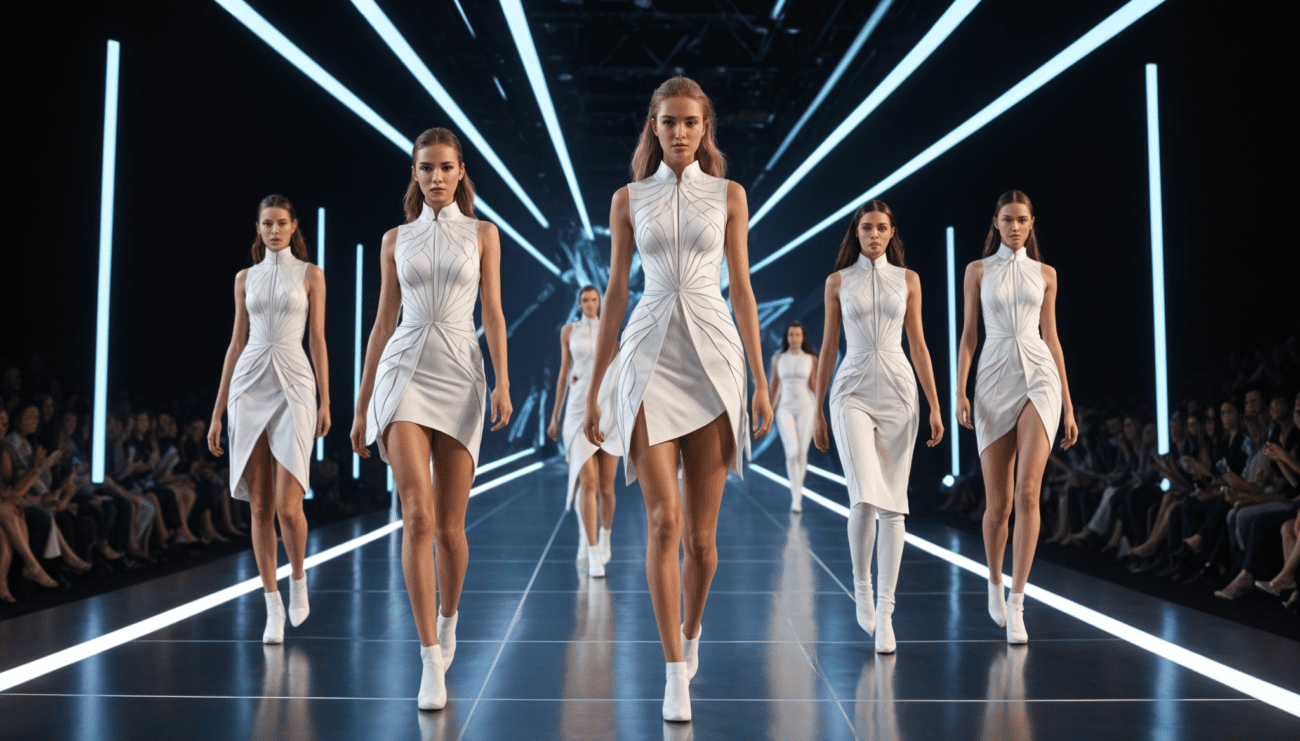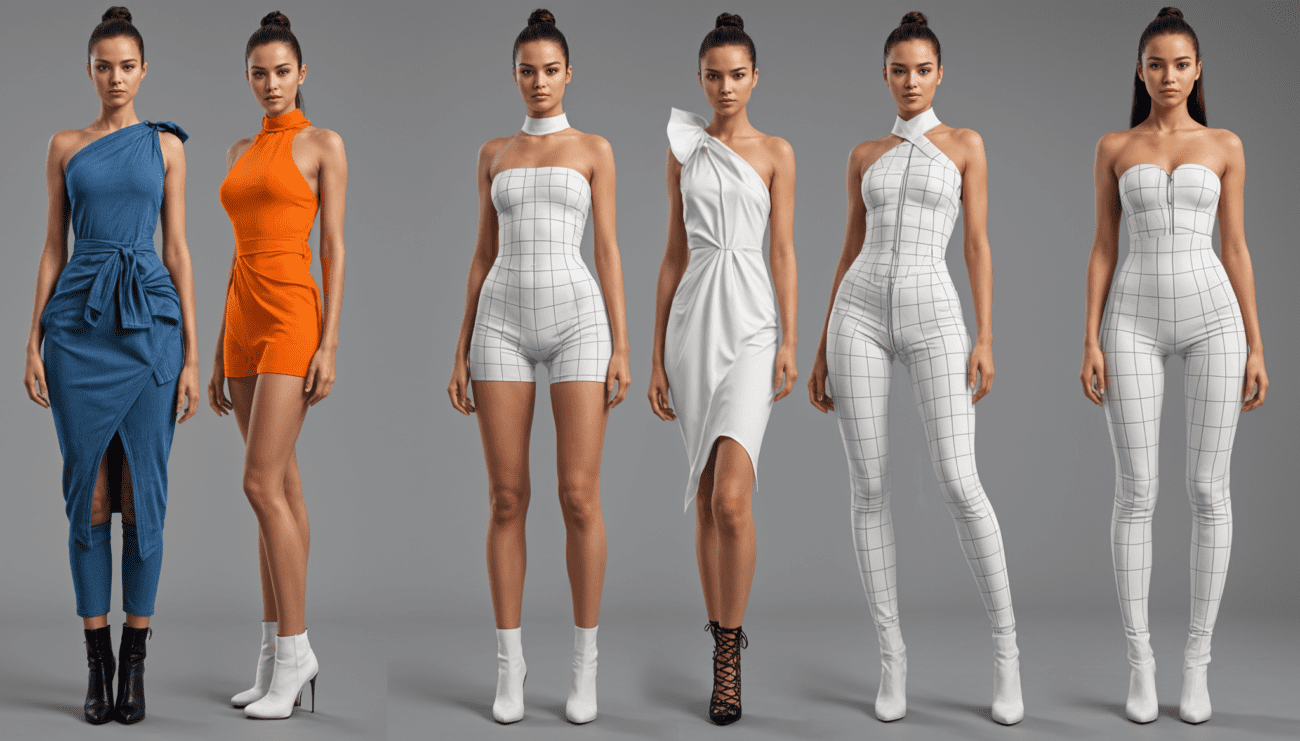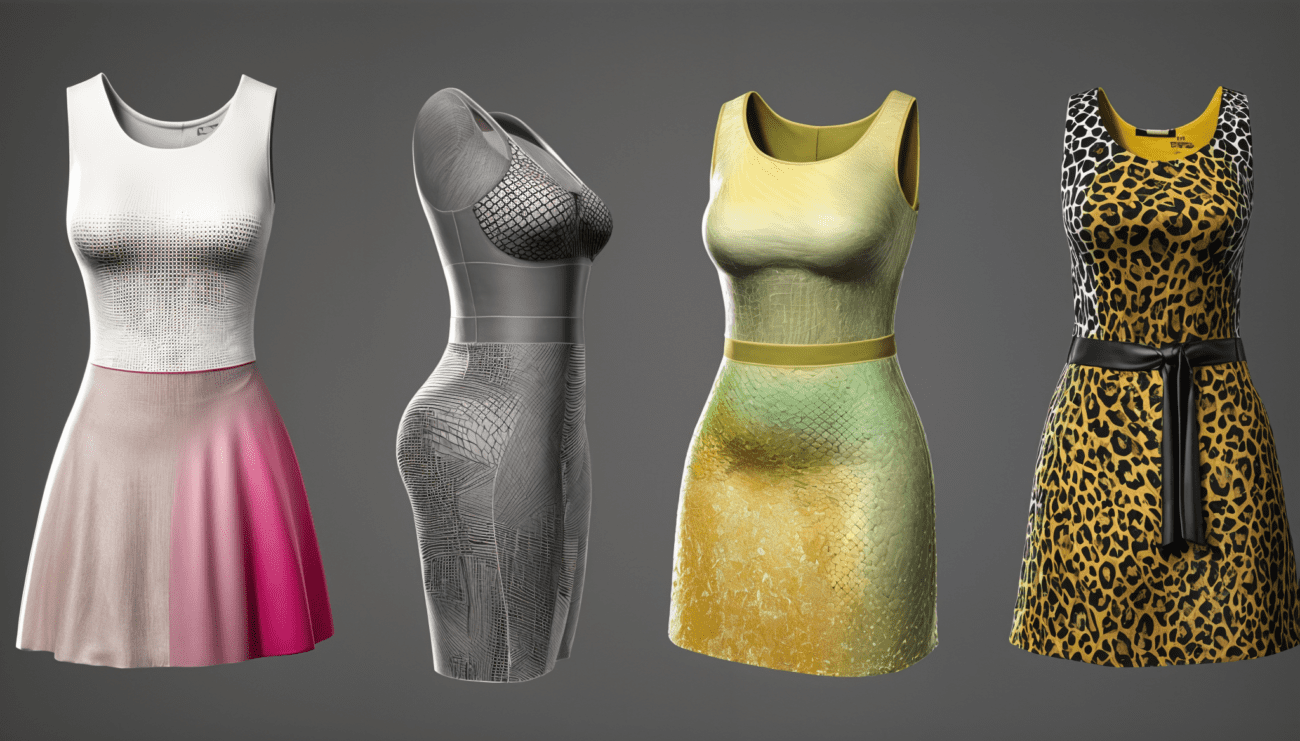Table of Contents
ToggleIntroduction
The fashion industry is undergoing a radical transformation driven by digital technology and the rise of the metaverse. Digital fashion and virtual environments are redefining how we design, produce, and wear clothes. For fashion designers and buyers involved in bulk orders and garment fabrication, understanding these changes is crucial for staying ahead in a rapidly evolving market.
The Rise of Digital Fashion
Digital fashion involves the creation and use of clothing designed specifically for digital environments. These garments exist only in the digital realm and can be worn by avatars in virtual worlds or superimposed onto images and videos.
Benefits of Digital Fashion
- Sustainability: Digital fashion reduces the need for physical samples and production, minimizing waste and environmental impact.
- Cost Efficiency: Designing and testing garments digitally can save costs associated with physical materials and manufacturing.
- Creative Freedom: Designers can experiment with bold, innovative designs without the constraints of physical materials.
- Instant Global Reach: Digital garments can be shared and sold online, reaching a global audience instantly.
The Metaverse: A New Frontier for Fashion
The metaverse is a collective virtual shared space, created by the convergence of virtually enhanced physical reality and physically persistent virtual space. It includes augmented reality (AR), virtual reality (VR), and other immersive digital experiences.
Fashion in the Metaverse
Fashion in the metaverse offers a new dimension for creativity and consumer engagement. Here's how it is changing the landscape:
- Virtual Runways and Shows: Designers can host virtual fashion shows accessible to a global audience, showcasing digital collections in innovative ways.
- Digital Avatars and Customization: Users can dress their avatars in digital fashion, expressing their style in virtual environments.
- Virtual Stores and Marketplaces: Brands can set up virtual stores in the metaverse, offering immersive shopping experiences.
- Interactive Fashion Experiences: Consumers can interact with digital garments, exploring details and customizations in a 3D environment.
Impact on Design and Production
Digital fashion and the metaverse are revolutionizing the design and production processes in the fashion industry. Here are some key impacts:
Design Innovation
- 3D Modeling and Simulation: Designers use advanced 3D software to create and simulate garments, visualizing how they will look and move in real life.
- Virtual Prototyping: Virtual prototypes allow for rapid iteration and refinement of designs, reducing the need for physical samples.
- Collaboration Tools: Digital platforms enable seamless collaboration between designers, manufacturers, and other stakeholders, regardless of location.
Production Efficiency
- On-Demand Manufacturing: Digital fashion facilitates on-demand manufacturing, reducing inventory and waste.
- Customization and Personalization: Consumers can customize digital garments before they are produced, ensuring a perfect fit and reducing returns.
- Supply Chain Optimization: Digital tools streamline the supply chain, improving efficiency and reducing lead times.
Transforming Consumer Behavior
The integration of digital fashion and the metaverse is also transforming consumer behavior, offering new ways to shop, experience, and interact with fashion.
Enhanced Shopping Experiences
- Virtual Try-Ons: Consumers can try on digital garments using AR, seeing how they fit and look without leaving their homes.
- Immersive Showrooms: Virtual showrooms provide an engaging and interactive shopping experience, where consumers can explore collections in a 3D space.
- Personalized Recommendations: AI and machine learning algorithms analyze consumer preferences to offer personalized fashion recommendations.
Community and Engagement
- Social Media Integration: Digital fashion is easily shared on social media, creating buzz and engaging communities around new collections.
- Virtual Fashion Events: Brands can host virtual events, such as fashion shows and launches, to engage with their audience in real-time.
- Influencer Collaborations: Influencers can wear and promote digital fashion, reaching their followers with innovative and sustainable options.
Sustainability and Ethical Considerations
Digital fashion and the metaverse offer significant opportunities for promoting sustainability and ethical practices in the fashion industry.
Reducing Environmental Impact
- Minimizing Waste: Digital fashion eliminates the need for physical samples and reduces waste associated with traditional fashion production.
- Efficient Resource Use: On-demand manufacturing ensures that resources are used efficiently, with minimal excess inventory.
- Carbon Footprint: Virtual fashion shows and digital marketing reduce the carbon footprint associated with travel and physical events.
Promoting Ethical Practices
- Transparency: Digital tools provide greater transparency in the supply chain, ensuring ethical practices are followed.
- Fair Labor Practices: By streamlining production processes, brands can ensure fair labor practices and avoid exploitation.
- Consumer Awareness: Digital fashion promotes consumer awareness about sustainability and ethical practices, encouraging more responsible choices.
Challenges and Future Prospects
While digital fashion and the metaverse offer numerous benefits, they also present challenges that need to be addressed for widespread adoption.
Technical Challenges
- High Initial Costs: The initial investment in digital tools and technology can be high, particularly for small and medium-sized enterprises.
- Technical Expertise: There is a need for skilled professionals who can design and develop digital fashion and VR experiences.
- Compatibility and Standards: Ensuring compatibility and interoperability between different platforms and devices is crucial for a seamless experience.
Adoption and Acceptance
- Consumer Education: Educating consumers about the benefits and possibilities of digital fashion is essential for widespread acceptance.
- Cultural Differences: Different regions and cultures may have varying levels of acceptance and interest in digital fashion.
- Regulatory Frameworks: Developing regulatory frameworks to govern digital fashion and virtual transactions is necessary to protect consumers and businesses.
The Future of Fashion in the Digital Age
The future of fashion in the digital age looks promising, with digital fashion and the metaverse playing a central role in shaping the industry. Here are some trends to watch:
Integration of AI and Machine Learning
AI and machine learning will further enhance digital fashion by offering personalized experiences, optimizing design processes, and predicting fashion trends.
Expansion of the Metaverse
As the metaverse expands, more brands and consumers will participate in virtual fashion, creating a vibrant and dynamic ecosystem.
Sustainable Innovations
Digital fashion will continue to drive sustainability in the fashion industry, with innovations aimed at reducing waste and promoting ethical practices.
Enhanced Consumer Experiences
Future advancements will offer even more immersive and interactive consumer experiences, blurring the lines between physical and digital fashion.
Conclusion
Digital fashion and the metaverse are revolutionizing the way we design, produce, and wear clothes. For fashion designers and buyers involved in bulk orders and garment fabrication, embracing these innovations is crucial for staying competitive and meeting the demands of a rapidly evolving market. By leveraging digital tools and virtual environments, fashion professionals can unlock new creative possibilities, improve efficiency, and engage with consumers in meaningful ways.

